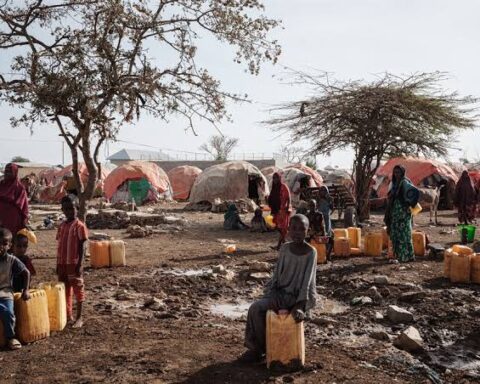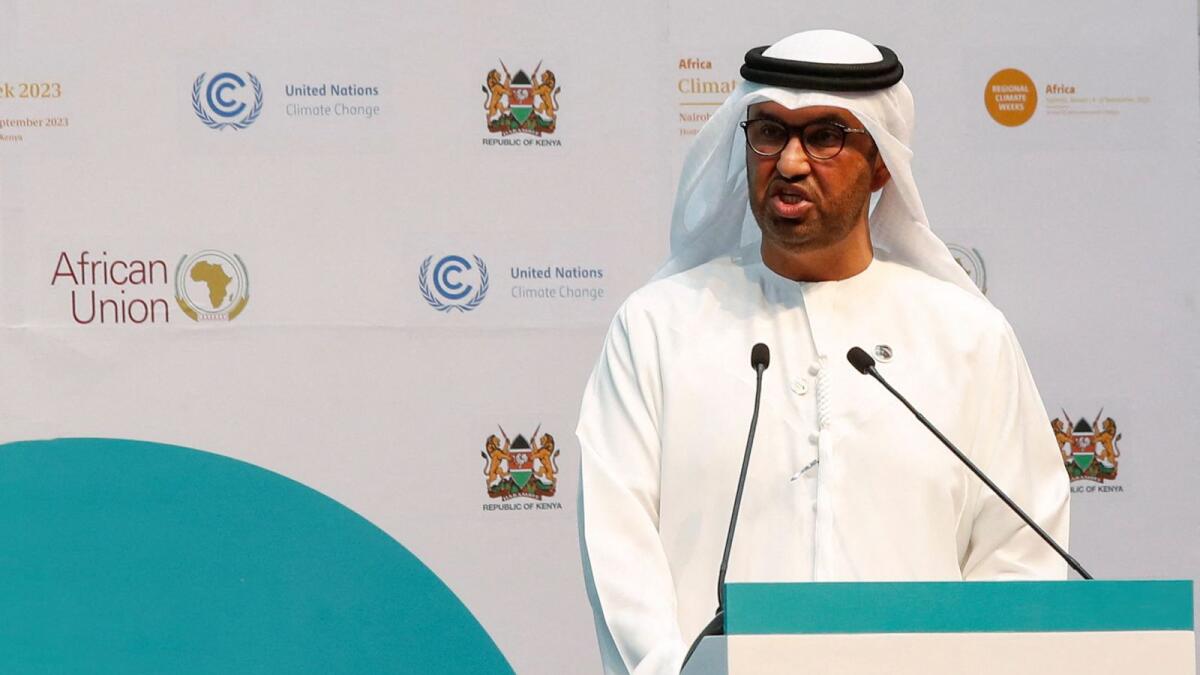An international Child Rights Agency Save the Children, has said that children displaced within their home countries in sub-Saharan Africa by climate-induced disasters nearly doubled in 2022.
This was contained in a statement by the agency, made available to newsmen on Monday, September 4, 2023, in Lagos, Nigeria.
Relying on data from the Internal Displacement Monitoring Centre, the agency said no fewer than 1.85 million children in sub-Saharan Africa were left displaced within their countries by climate shocks at the end of 2022.
The agency noted that some of the children displaced either once or multiple times, all remained in that situation at the end of the year, living in camps, with extended family, or other temporary arrangements.
The figure was compared to one million children left displaced by similar crises in 2021.
According to the report, as a result of flooding in Borno State and across other parts of the country, Nigeria has the highest number of climate-induced internally displaced persons in Africa.
Specifically, the report put the figure of climate-induced internally displaced persons in Nigeria at 2.4 million.
“By the end of the year, at least 854,000 people remained displaced by these shocks, including an estimated 427,000 children,” the report said.
The report stated that Somalia has the second highest number of internal displacements as a result of five failed rainy seasons which forced about 6.6 million people – or 39 percent of the population into critical levels of hunger.
In the report, internal displacements in the year in review, due to such disasters, were also three times higher than the previous year.
“This is the highest annual number of new displacements from climate disasters ever reported for the region.
“These figures lay bare the stark reality that the rights of children across the region are being eroded at an alarming rate by the impacts of the climate crisis,’’ it stated.
The report, however, showed that countries on the continent have contributed the least to the crisis, with the smallest share of global Green House Gas (GHG) emissions of all the world’s regions.
By Dare Akogun






